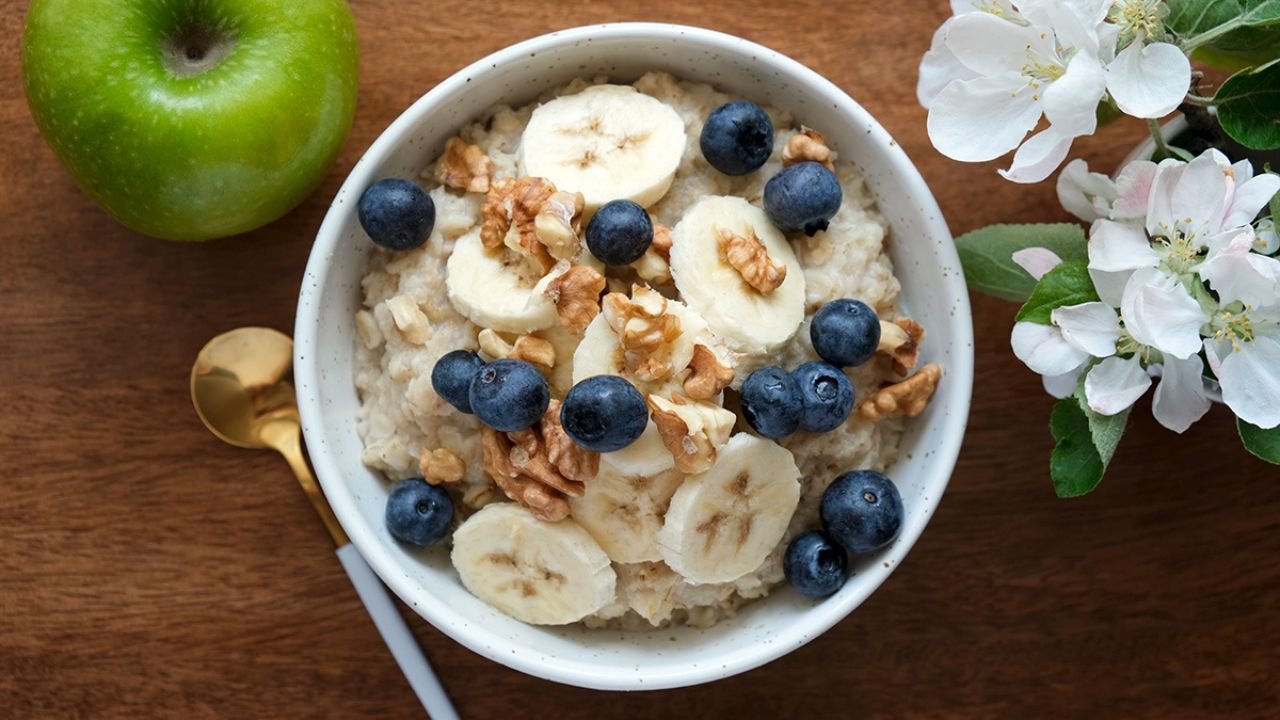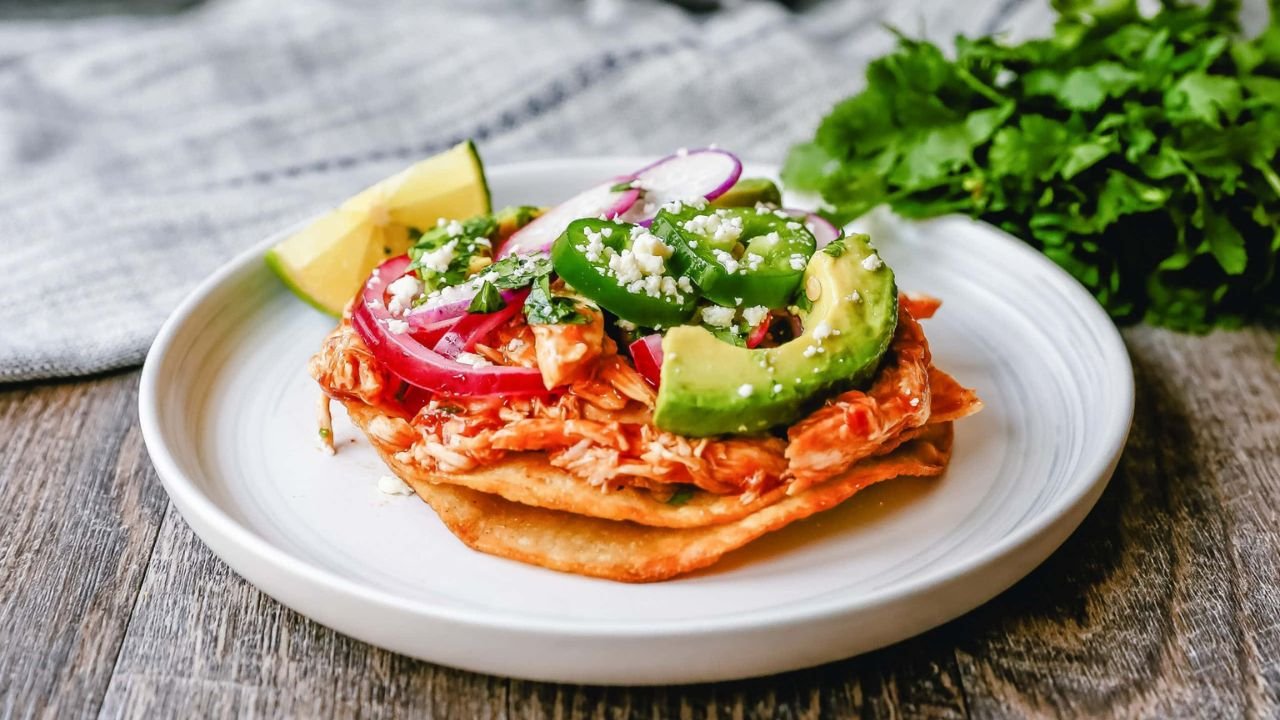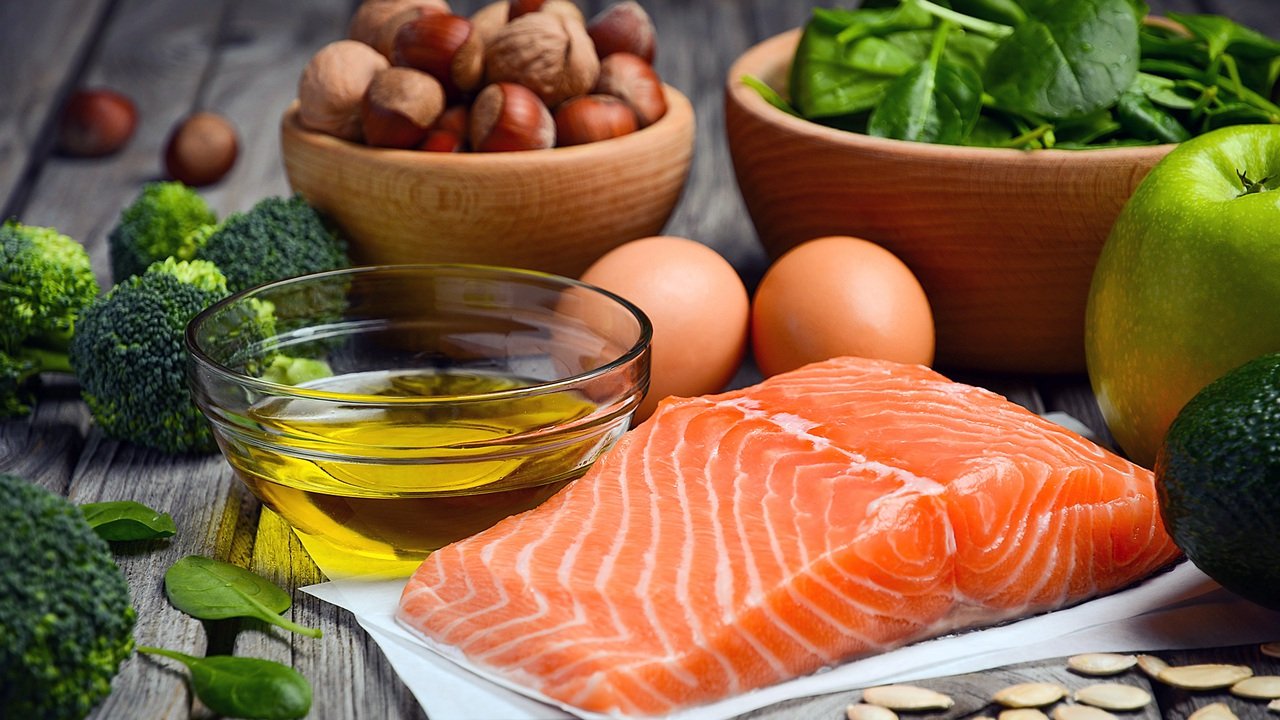Introduction
Quiche is a versatile and beloved savory pastry that has become a staple in breakfast, brunch, lunch, and dinner menus worldwide. Known for its flaky crust, rich custard filling, and endless variety of ingredients, quiche embodies comfort and sophistication. When made with fresh, seasonal vegetables, especially those heralding spring, it becomes a celebration of freshness, color, and flavor.
Springy Vegetable Quiche captures the essence of the season—crisp asparagus, tender peas, fresh herbs, and early-season greens—encased in a buttery crust with a silky custard filling. It’s a dish that embodies renewal, lightness, and vitality, perfect for picnics, brunches, or a light dinner.
In this comprehensive guide, we will explore the origins of quiche, delve into key ingredients and their benefits, provide detailed recipes and techniques, suggest pairing ideas, and share expert tips to help you craft the perfect spring vegetable quiche every time.
The Origins and History of Quiche
Quiche has its roots in medieval Germany, originating from the word “kuchen,” meaning cake. The dish was introduced into France by Germanic tribes and became particularly associated with the Lorraine region, where the classic Quiche Lorraine—made with bacon and cheese—originated.
Over time, quiche evolved into a flexible dish that could incorporate various ingredients, especially vegetables, herbs, and cheeses. The French popularized it as a versatile, elegant dish that could be served both hot and cold.
Spring vegetable quiches are a relatively modern adaptation, emphasizing seasonal ingredients and lighter fillings to suit health-conscious and seasonally aware eaters. Their vibrant colors and fresh flavors make them a perfect showcase for the bounty of spring.
Core Ingredients and Their Benefits
1. The Crust
- Type: Classic pâte brisée, pâte sablée, or gluten-free crust.
- Role: Provides a flaky, tender base for the custard and vegetables.
- Benefits: A well-made crust offers texture contrast and holds the filling together.
2. Eggs
- Role: Bind the custard filling.
- Benefits: Rich source of protein, vitamins B12, D, and minerals like selenium.
3. Dairy
- Options: Heavy cream, whole milk, crème fraîche, or Greek yogurt.
- Role: Adds creaminess and richness.
- Benefits: Calcium, vitamin D, and healthy fats.
4. Vegetables
- Spring vegetables: Asparagus, peas, spinach, leeks, artichokes, radishes, and herbs.
- Benefits: Vitamins A, C, K, fiber, antioxidants, and phytochemicals.
5. Cheese
- Types: Gruyère, Swiss, feta, goat cheese, or Parmesan.
- Role: Adds flavor, richness, and texture.
- Benefits: Calcium, protein, and flavor complexity.
6. Seasonings and Herbs
- Examples: Fresh thyme, chives, tarragon, parsley, basil.
- Benefits: Brightens flavors, adds antioxidants.
Variations of Spring Vegetable Quiche
The beauty of quiche lies in its adaptability. Here are some variations to suit different tastes and dietary needs:
1. Vegan Spring Quiche
- Replace eggs with chickpea flour or silken tofu.
- Use plant-based cheese and non-dairy milk.
- Incorporate vegetables like spinach, zucchini, and cherry tomatoes.
2. Gluten-Free Version
- Use a gluten-free crust made from almond flour, rice flour, or gluten-free blends.
- Ensure fillings are gluten-free.
3. Meat-Added Quiche
- Include cooked bacon, ham, or smoked salmon alongside vegetables.
4. Cheese Variations
- Experiment with different cheeses like feta, goat cheese, or aged cheddar for unique flavors.
5. Whole Grain Crust
- Use whole wheat or spelt flour for a nuttier flavor and added fiber.
The Art of Making the Perfect Spring Vegetable Quiche
Step 1: Preparing the Crust
A flaky, tender crust is essential. You can make your own or buy pre-made pastry for convenience.
Homemade Pâte Brisée Recipe:
Ingredients:
- 1 1/4 cups all-purpose flour
- 1/2 teaspoon salt
- 1/2 cup cold unsalted butter, cubed
- 3-4 tablespoons ice water
Instructions:
- In a food processor, combine flour and salt.
- Add cold butter and pulse until mixture resembles coarse crumbs.
- Gradually add ice water, one tablespoon at a time, until the dough holds together.
- Turn out onto a floured surface, form into a disk, wrap in plastic, and refrigerate for at least 30 minutes.
Blind Baking:
- Roll out the dough to fit your tart pan.
- Prick the bottom with a fork.
- Bake at 375°F (190°C) for about 15 minutes with pie weights or dried beans to prevent bubbling.
- Remove weights and cool slightly before adding the filling.
Step 2: Preparing the Vegetables
- Asparagus: Trim woody ends, blanch briefly or sauté.
- Peas: Use fresh or thawed frozen peas.
- Spinach: Wilt in a pan with a little oil, then drain excess moisture.
- Leeks: Clean thoroughly, sliced thin, sautéed until tender.
- Artichokes: Use marinated or fresh, cooked until tender.
- Radishes: Thinly sliced for crunch and color.
Vegetables should be cooked until just tender to prevent excess moisture and ensure even cooking in the oven.
Step 3: Making the Custard
Basic custard mixture:
- 3 large eggs
- 1 cup heavy cream or milk
- 1/2 teaspoon salt
- Freshly ground black pepper
- Nutmeg (optional)
Preparation:
- Whisk eggs and dairy until combined.
- Season with salt, pepper, and a pinch of nutmeg if desired.
- Add herbs or spices for extra flavor.
Step 4: Assembling the Quiche
- Spread cooked vegetables evenly over the prepared crust.
- Sprinkle cheese evenly.
- Pour custard mixture gently over the filling.
- Optionally, top with extra herbs or cheese.
Step 5: Baking
- Bake at 375°F (190°C) until the custard is set and golden, about 35-45 minutes.
- Check doneness by inserting a toothpick; it should come out clean.
- Let rest for 10 minutes before slicing.
Expert Tips for Success
- Pre-cook vegetables to remove excess moisture and develop flavor.
- Use high-quality ingredients for best flavor—fresh herbs, good cheese, ripe vegetables.
- Avoid overfilling the crust to prevent spilling and uneven cooking.
- Bake on a middle rack for even heat distribution.
- Check doneness by gently shaking the pan; the center should be just set.
- Serve at room temperature for the best flavor and texture.
Pairings and Serving Suggestions
Beverages
- Wines: A crisp Chardonnay, Sauvignon Blanc, or sparkling wine pairs beautifully.
- Non-alcoholic: Sparkling water with lemon, herbal iced teas.
Sides
- Fresh mixed greens with vinaigrette.
- Light fruit salad.
- Crusty baguette or artisan bread.
Presentation
- Serve slices on a platter garnished with fresh herbs.
- Add a dollop of sour cream or a drizzle of olive oil for extra richness.
Nutritional Insights
A well-balanced spring vegetable quiche provides a good source of:
- Protein: From eggs and cheese.
- Vitamins and minerals: Vitamins A, C, K, calcium, iron.
- Fiber: From vegetables and crust.
- Healthy fats: From eggs, cheese, and butter or oils.
Calorie considerations: Vary depending on cheese, crust, and portion size; opt for lighter cheeses or crust alternatives for lower-calorie options.
Creative Twists and Modern Variations
- Vegan: Use tofu scramble or chickpea flour custard; plant-based cheese; extra vegetables.
- Gluten-Free: Almond or rice flour crust.
- Additional flavors: Incorporate lemon zest, garlic, or roasted garlic for extra depth.
- Spicy: Add red pepper flakes or chopped chili.
Seasonal Variations
While this guide focuses on spring, you can adapt the quiche year-round:
- Summer: Cherry tomatoes, zucchini, basil.
- Autumn: Butternut squash, kale, sage.
- Winter: Root vegetables, Brussels sprouts, thyme.
Final Tips for the Perfect Spring Vegetable Quiche
- Use the freshest seasonal produce for optimal flavor.
- Balance richness with acidity (e.g., a squeeze of lemon).
- Prepare ahead of time; quiche often tastes better the next day.
- Experiment with fillings and cheeses to find your signature flavor.
Conclusion
Springy Vegetable Quiche is more than just a dish; it’s a celebration of seasonal ingredients, a canvas for culinary creativity, and a source of nourishment and joy. Its versatility makes it suitable for any meal, any occasion, and any palate.
By mastering the techniques outlined above, sourcing fresh ingredients, and adding your personal touch, you can create stunning, delicious quiches that capture the freshness and vibrancy of spring. Whether served for a family brunch, a picnic, or a sophisticated dinner, your spring vegetable quiche will surely impress and delight.



